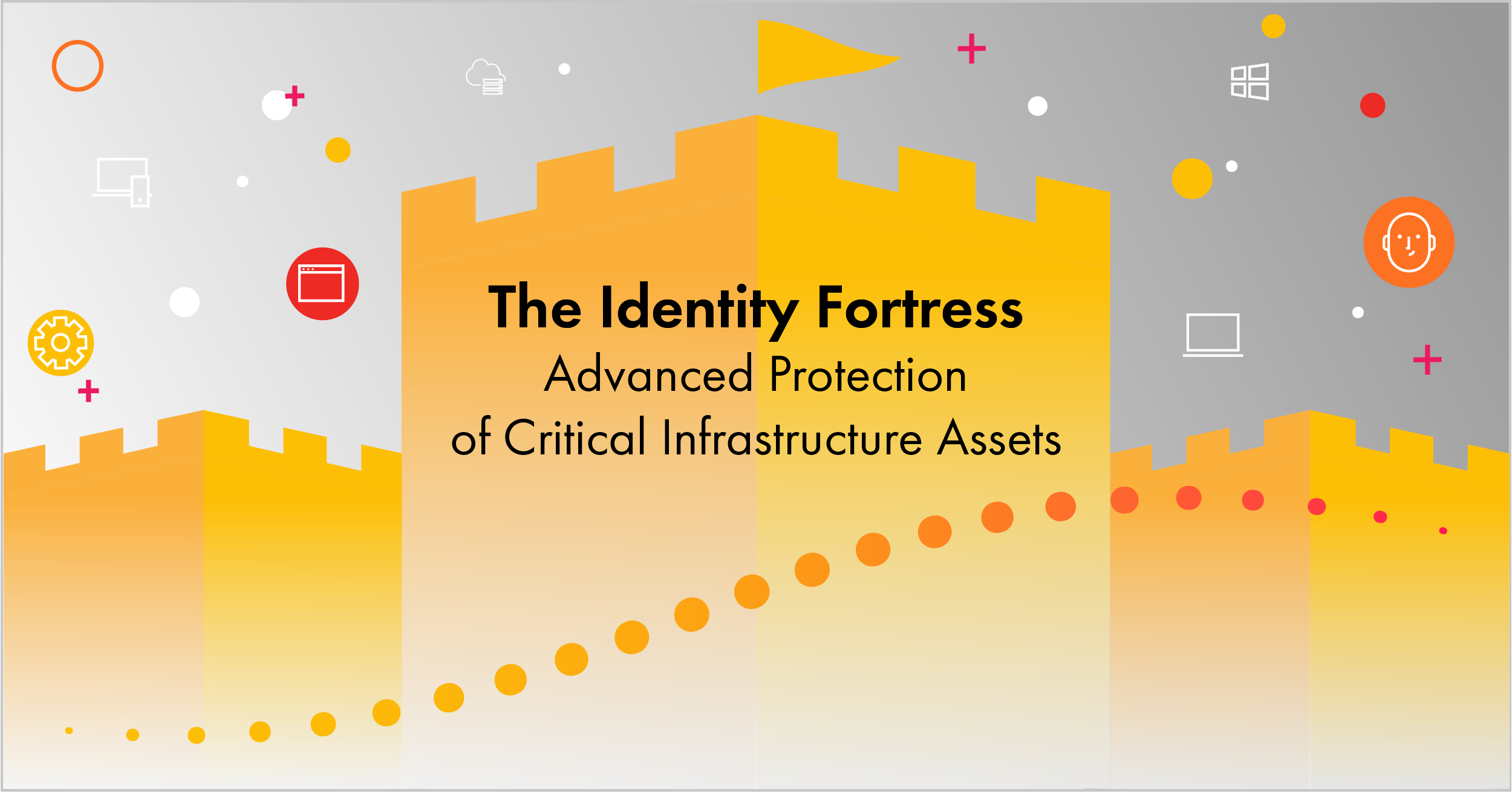- Jan 30
The Identity Fortress: Advanced Protection of Critical Infrastructure Assets
Updated: Jan 30

As organizations transition to multi-cloud, hybrid environments and adopt more Software as a Service (SaaS) applications, their identity infrastructures become increasingly complex and fragmented. This complexity makes identities the prime target for cyberattacks, posing an unprecedented threat to the very heart of our operations: critical infrastructure assets.
For IAM and security professionals, these assets are the crown jewels. They represent the essential resources, systems, and components that are absolutely vital for day-to-day operations, business continuity, and overall security. However, fencing these critical components in a world of interconnected systems and networks has become a monumental challenge.
Challenges in Safeguarding Critical Infrastructure Assets
Think about the sheer scale of identities within a large enterprise. Now, consider the challenges security leaders face when trying to secure these identities, especially those connected to critical systems:
- Visibility Gaps: How can you protect what you can't see? Imagine a critical system running on a legacy server that isn't integrated with your centralized identity management platform. This creates a blind spot, making it difficult to track user activity or detect anomalies, leaving the system vulnerable to undetected breaches. Many organizations struggle with partial visibility into identity activities across their hybrid environments. This is particularly true for critical systems that might rely on legacy infrastructure or have limited integration with modern security solutions.
- Identity Hygiene Issues: Identifying and addressing identity hygiene issues within core infrastructure can be like finding a needle in a haystack. Attackers aim to exploit misconfigurations, orphaned accounts, and excessive privileges. For example, an employee leaving the company, yet their account with access to a critical database remains active, creating an 'orphaned account' ripe for exploitation by malicious actors seeking to gain a foothold in the network.
- Inadequate Defenses: Traditional security solutions often fall short when protecting the identity infrastructure that supports critical assets. They may not be designed to handle the complexities of modern identity landscapes or detect sophisticated attacks that target identities. Traditional perimeter-based security, focused on network traffic, simply isn't equipped to handle the nuances of identity-based attacks.
- Detection and Response Deficiencies: Identifying and responding to identity-based threats targeting essential systems requires comprehensive visibility, specialized tools, and expertise. Many organizations lack the resources or capabilities to effectively detect and respond to these threats on time when, in the realm of critical infrastructure, every second counts. Delayed detection and response can mean the difference between a minor incident and a significant disruption.
These challenges are not theoretical. Data and real-world examples highlight the urgency. Per Identity Defined Security Alliance (IDSA) “The 2024 State of Identity Security” report, 90% of organizations have experienced at least one identity-related incident in the past year, and 57% of companies prioritize managing identity sprawl, particularly within critical infrastructure.
So, how can organizations effectively defend their critical infrastructure in this evolving threat landscape? The answer lies in a proactive, identity-centric approach, which is where AuthMind comes in.
Building a Comprehensive Identity Protection for Critical Infrastructure Assets with AuthMind
AuthMind empowers organizations to improve identity hygiene, efficiently identify and remediate identity-related risks and threats, and build a robust, long-term identity security posture. By correlating identity events, network flow, and cloud traffic, AuthMind provides real-time visibility and advanced identity protection for all identities – human and non-human – across the entire identity landscape, including the critical components within.
AuthMind provides a comprehensive solution to the challenges outlined above:
- Uncovering Identity Blind Spots in Core Systems: AuthMind excels at detecting critical assets with local accounts, identifying unmanaged identities, and uncovering shadow access within vital infrastructure. It surfaces hidden vulnerabilities and critical exposures that traditional security solutions often miss.
- Enhancing Infrastructure Hygiene and Detecting Attacks Targeting Critical Assets: Continuous monitoring and context-driven insights into the identity infrastructure supporting critical systems enable the detection of gaps and potential vulnerabilities. This includes identifying misconfigurations, multi-factor authentication (MFA) challenges, and using weak or shared credentials in sensitive environments.
- Monitoring Risky Identity Activity in Critical Infrastructure: AuthMind identifies unauthorized access attempts to critical assets and provides comprehensive assurance that only authorized users have access. Furthermore, it flags suspicious identity behavior, such as impossible travel, with in-depth insights into suspected attack origins, including the attacker's identity, location, and methods.
Faced with evolving cyber threats, enterprises recognize that protecting their critical infrastructure assets is no longer optional. By leveraging AuthMind's advanced identity protection capabilities, organizations can significantly enhance their security posture and safeguard their essential systems and networks.
Request a personalized demo to learn how AuthMind can help you solve your identity protection challenges.

